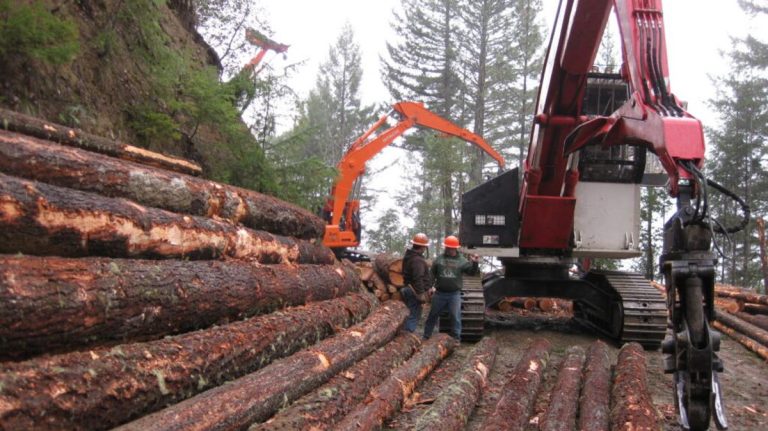Wildfire Fearmongering and the Destruction of Wildlife Habitat: A Call for Accountability
The escalating narrative surrounding wildfire risks has reached a fever pitch, fueled by alarming pronouncements from experts and government agencies. While the concern over declining volunteer firefighter numbers is valid, the pervasive rhetoric of fear has overshadowed rational discourse and paved the way for potentially destructive policies. This fear-mongering, perpetuated by the Forest Service and the federal government for decades, has been instrumental in garnering public support for logging and deforestation, even in remote wilderness areas where no structures are threatened. The irony is palpable: counties that readily approve housing developments in fire-prone areas now express anxieties about fire suppression capabilities. This reactive approach, devoid of foresight and comprehensive analysis, is exemplified by the ongoing development in Sublette County, Wyoming, and mirrors a nationwide trend.
The Federal Emergency Management Agency (FEMA) has highlighted the alarming rate at which development encroaches upon fire-prone areas, known as the wildland-urban interface (WUI). Approximately two million acres are added to the WUI annually, facilitated by local government permits. Responsibility for this expansion should rest squarely with the local authorities who approve these developments, not with the federal government or taxpayers. The prevailing paradigm of aggressively combating every wildfire, regardless of its location or ecological impact, has skewed our understanding of natural processes. Fire, insects, and disease are integral components of healthy ecosystems, facilitating forest succession and promoting habitat diversity. However, current congressional and agency policies prioritize suppression over ecological balance, resulting in widespread habitat destruction.
The guise of “fuel treatments” or “fuel reduction” has become a convenient justification for clearcutting, thinning, and burning vast tracts of public lands. While these practices might offer limited protection to structures in the immediate vicinity, they decimate functional ecosystems and jeopardize the secure habitats of numerous wildlife species, including grizzly bears, Canada lynx, deer, elk, and a multitude of smaller mammals and birds. Millions of acres are under threat, not from the natural occurrence of wildfire, but from agenda-driven extraction masquerading as forest management. The focus on fuel reduction obscures the true cost – the irreversible loss of biodiversity and ecosystem integrity.
The Yellowstone to Uintas Connection, a non-profit organization dedicated to wildlife habitat analysis, has uncovered a disturbing pattern in the Beaverhead-Deerlodge National Forest in Montana. This 3.6-million-acre national forest has designated a staggering 1.4 million acres, or 44%, as WUI, thereby opening vast swathes of land to logging and thinning projects with minimal scrutiny of their impact on wildlife and fisheries. This inflated WUI designation allows projects to bypass rigorous environmental analysis, effectively silencing public dissent and limiting opportunities for challenge. A closer examination reveals that the actual forested WUI area containing structures at risk is a mere 35,000 acres, a stark contrast to the Forest Service’s inflated figure. Similar scenarios are unfolding across the country, demonstrating a systematic manipulation of the WUI concept to justify logging operations.
Sublette County, Wyoming, provides a microcosm of this national trend. The Bridger-Teton National Forest’s East Rim WUI Fuels Project, encompassing 3,000 acres of logging, thinning, and burning, exemplifies the misuse of categorical exclusions to circumvent environmental analysis and public scrutiny. This ecologically rich area, providing vital habitat for numerous species, including elk, bears, and Canada lynx, is being sacrificed under the pretext of wildfire protection. An analysis of the project reveals that none of the adjacent “communities,” primarily comprising a few large ranches, meet the structural density criteria to qualify as WUI. This underscores the disingenuous nature of the project justification, highlighting the ongoing exploitation of wildfire concerns to pursue logging agendas.
The experience of surviving the 2018 Roosevelt Fire in Bondurant, Wyoming, offers a valuable lesson. A simple log cabin, equipped with a metal roof, withstood the inferno that consumed surrounding trees. This underscores the importance of fire-resistant construction and proactive measures like clearing vegetation within a 100-foot radius of structures. These measures, which should be enforced by local governments and become the responsibility of property owners, offer far more effective protection than reactive, large-scale forest interventions. If these precautions aren’t taken, neither insurance companies nor the government should bear the burden of financial bailout.
It is imperative that local governments cease rubber-stamping developments in fire-prone areas and embrace responsible land-use planning. Individuals residing in or planning to build in forested areas must assume responsibility for fireproofing their properties, rather than relying on government intervention. The Forest Service must abandon its misleading use of the WUI concept and acknowledge the true purpose of its logging and thinning projects. Honest environmental analysis and justification, coupled with public accountability, are essential for preserving our forests and safeguarding the wildlife that depends on them. Transparency and integrity must replace fear-mongering and misinformation, ensuring that forest management decisions prioritize ecological health and the long-term well-being of our natural heritage.


